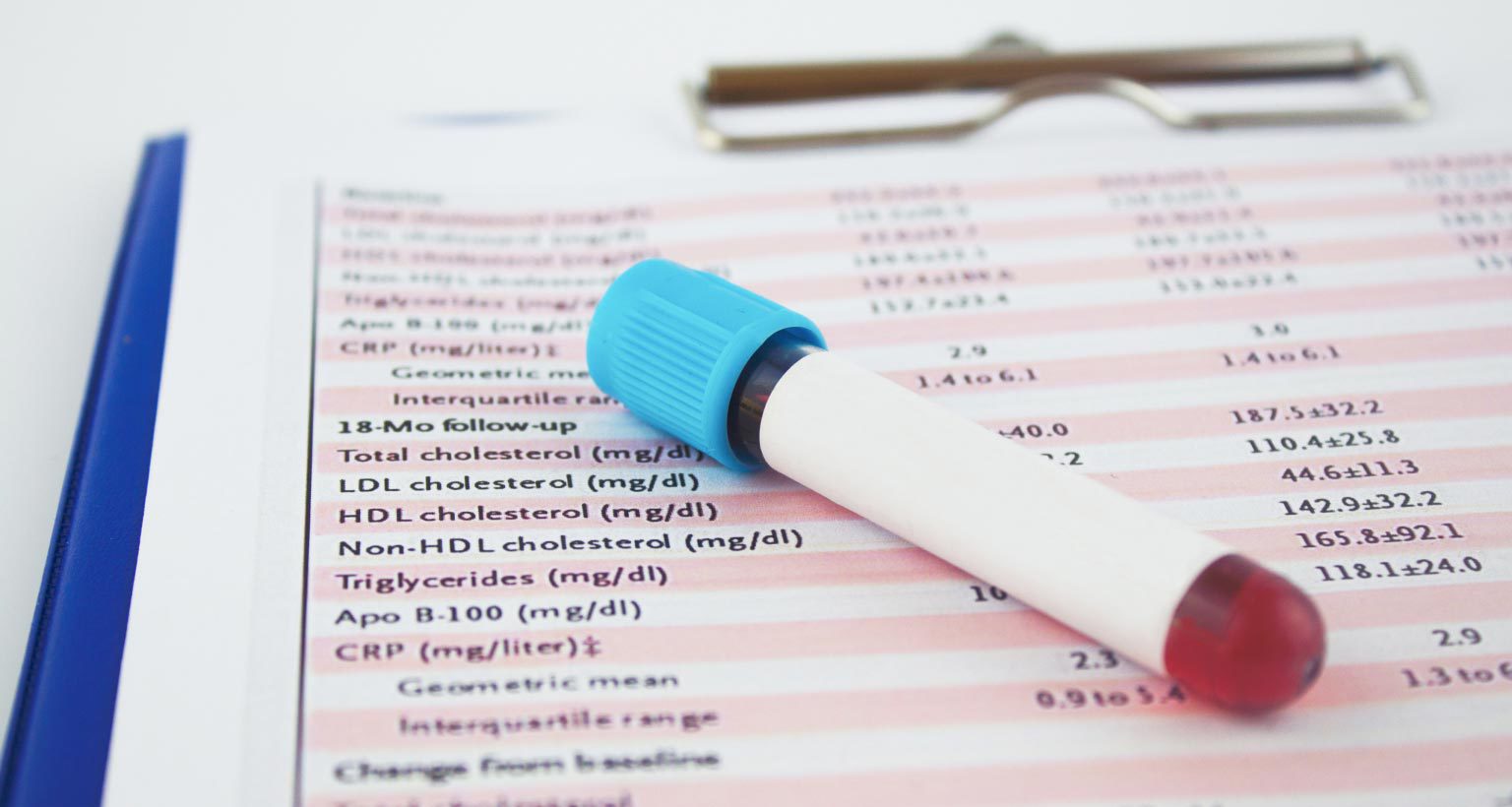Type 2 diabetes, HIV, and tuberculosis in South Africa

Advances in human immunodeficiency virus (HIV) treatment have resulted in patients living longer, largely due to antiretroviral therapy (ART). With this extended lifespan, we are now seeing increases in lifestyle-associated diseases, specifically among people living with HIV–just as any aging immune-uncompromised adult can.
An estimated 415 million people across the globe have diabetes and it is projected to increase over 60% by 2040, with Sub-Saharan Africa bearing the brunt of this increase and South Africa at the forefront. Currently in South Africa, diabetes is the 2nd leading cause of death, behind tuberculosis (TB) and the current prevalence of diabetes in people living with HIV on ART is around 5%. An estimated 15% of those living with, and being treated for, HIV have been diagnosed with pre-diabetes.
These numbers, however, are considered an underestimate, as the majority of people living in South Africa do not have access to proper screening, diagnostics, or treatment for diabetes. As such, there is a need for larger longitudinal studies to enhance the understanding of risk factors for diabetes among people living with HIV in low- and middle-income settings. South Africa’s high burden of HIV, TB, and the emerging diabetes epidemic highlight the importance of investigating these associations. The interaction of these three diseases complicates clinical management of people living with HIV, potentially increasing the risk of illness and death.
Understanding the connection between HIV and type 2 diabetes mellitus
Although more research is needed to understand diabetes in people living with HIV, it is most likely related to the interplay of host, viral, and ART factors. More specifically, the complex interactions of the HIV virus, life-long usage of ART, the underlying side effects of ART, and an increase in the prevalence of usual risk factors for diabetes, such as obesity, are likely negatively impacting those affected with type 2 diabetes and HIV. There is also a generalized inflammatory response by the body that happens while it tries to get the HIV viral load under control, which is thought to increase the risk of diabetes. However, the majority of studies on diabetes in people living with HIV come from high-income countries and as a result, the extent to which these risk factors can be extrapolated to populations in Sub-Saharan Africa is unclear.
The research out of Sub-Saharan Africa assessing the HIV and diabetes relationship is sparse and conflicting. One study conducted in Tanzania observed a stronger risk of diabetes amongst people living with HIV vs. HIV-uninfected persons, while three separate studies reported that people living with HIV were less likely to have diabetes compared to their HIV-uninfected counterparts. A cross sectional study out of Cape Town, South Africa reported a high prevalence (25%) of blood sugar instability or dysglycemia—a state of imbalance in the body’s ability to maintain blood sugar levels in people living with HIV on ART. The two extremes of dysglycemia are hyperglycemia (elevated blood glucose) and hypoglycemia (abnormally low levels of blood glucose). Newly diagnosed diabetes was rare in the Cape Town cohort (4%). These conflicting results could be due to people living with HIV in Sub-Saharan Africa having characteristics that may lead to differences in the risk of diabetes or blood sugar instability compared to those in high-income countries, including,
- the ongoing or recent use of older generation ARTs and commonly used antibiotics (cotrimoxazole) that heighten risk for type II diabetes
- limited access to diabetes screening, prevention, and treatment services
- and a lower prevalence of traditional risk factors for diabetes
TB and type 2 diabetes
In Sub-Saharan Africa there is also the added burden of TB. Like HIV and diabetes, the pathophysiology of TB and diabetes is multifactorial. Research suggests that the host’s immune response to active TB disease results in a prolonged state of systemic inflammation. While inflammation is necessary for the patient to fight off disease, persistent inflammation may have a negative effect on the body’s ability to process sugar. A small number of studies have shown that TB may lead to impaired glucose tolerance, increasing the risk of developing diabetes. In most TB patients, blood glucose levels and inflammatory markers normalize by the end of TB treatment (referred to as transient hyperglycemia), however, a considerable proportion of patients go on to develop diabetes and have elevated inflammatory markers long past the completion of their TB treatment.
A wealth of data within South Africa’s National Health Laboratory Service
In South Africa, health information systems for major infectious diseases (HIV and TB) function relatively better than those for diabetes and other non-communicable chronic conditions (NCDs). The focus on TB and HIV is not surprising as South Africa has the world’s largest HIV epidemic and the eighth largest epidemic of TB. However, in the last ten years, NCDs such as heart disease, stroke, and diabetes have overtaken TB as the leading causes of death, and diabetes is now the third largest contributor of disability (behind HIV and chronic headaches) .
The National Health Laboratory Service (NHLS) is the largest public sector diagnostic service in South Africa. It provides lab services to over 80% of the population through a national network of labs and retains records of all lab results from roughly 4,700 health facilities including primary health clinics, community health centers and hospital-based clinics. The NHLS collects data at various stages of a patient’s care, from when they have blood drawn for routine exams or when they are sick, and the results are compiled into a central database.
Access to this database provides an extraordinary opportunity to analyze national level large-scale data that is complex in nature and available in real time with data dating back to 2004. This provides a source of laboratory monitoring and evaluating indicators for NCDs, like diabetes and is an untapped source to access lab results from all patients accessing primary health care in the public sector.
BUSPH collaboration leads to successful record linkage system
Boston University School of Public Health (BUSPH), in collaboration with, the NHLS, and the National Institute for Communicable Diseases (NICD) constructed and validated a record linkage algorithm to de-duplicate the existing NHLS laboratory database and match the over 155 million lab records from individual patients living with HIV (Bor J, et al. 2018)[1]. The original plan was to use the algorithm for the National HIV cohort study to enable BUSPH researchers to study trends in HIV infections across the country. However, the algorithm proved so successful—attaining high Sensitivity of 94% and a Positive Predictive Value of 99%—and improved the process time of coding data so much compared to the previous system of coding data manually, that it has been adapted to use for other health tracking across South Africa.
This BUSPH created algorithm of linking medical records was expanded in 2018 to create the NHLS National TB cohort and, more recently, for a National Laboratory Cohort that includes all lab data on HIV, TB, and NCDs. This collaboration between BUSPH, NHLS, and NICD continues to strengthen the data available to examine trends in laboratory monitoring and diagnosis of some of the most impactful diseases on the country’s economy. This database has the opportunity to provide evidence on trends in hopes to find solutions to better providing prevention services, care, and monitoring and/or diagnosis of these crippling diseases across South Africa.
To learn more about the work being done with the National Health Laboratory Service or this research contact us at ideahub.org.
Dr. Alana Brennan is an Assistant Professor in the Departments of Global Health and Epidemiology at the Boston University School of Public Health. Her areas of expertise are in HIV, tuberculosis, non-communicable chronic disease, and health systems research.
[1] Bor J*, MacLeod W*, Oleinik K, Potter J, Brennan AT, Candy S, Maskew M, Fox MP, Sanne I, Stevens WS, Carmona S. Building a National HIV Cohort from Routine Laboratory Data: Probabilistic Record-Linkage with Graphs. BioRxiv 450304 [Preprint], October 10, 2018. Available from: https://doi.org/10.1101/450304. *equal contributions.




